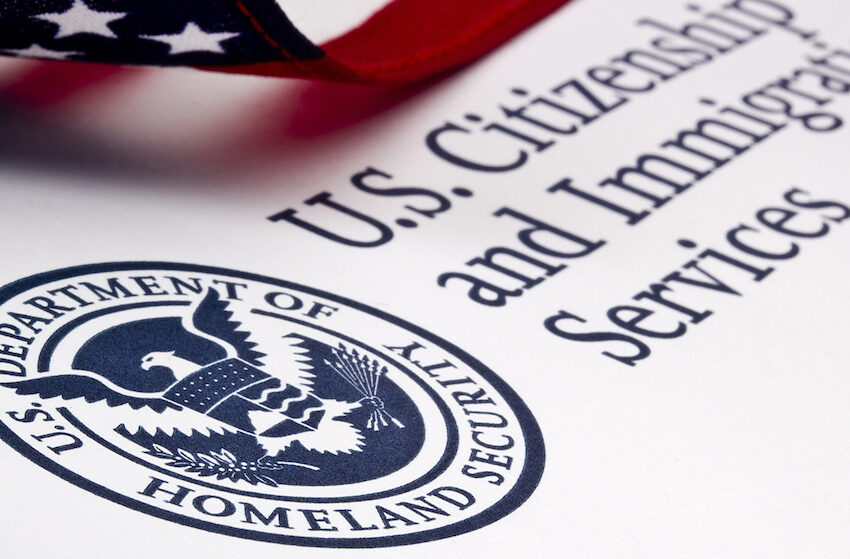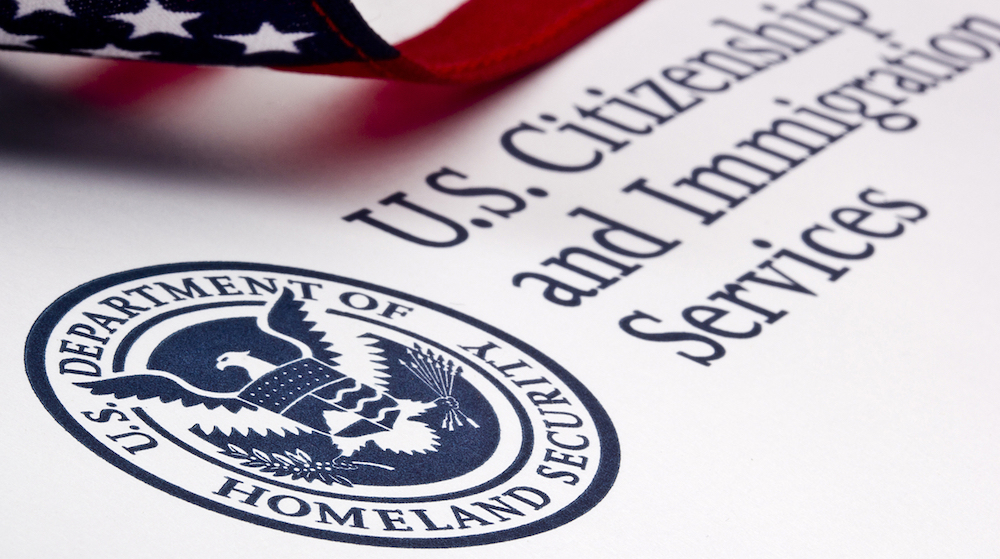Is new USCIS policy too narrow to help Indian kids?

 Green card backlog community views it as significant, while advocating much broader changes to help documented Dreamers
Green card backlog community views it as significant, while advocating much broader changes to help documented Dreamers
In a big move, Biden administration announced a new policy manual update for calculating a non-citizen’s age under the Child Status Protection Act (CSPA).
For decades, Indians have struggled because many children age-out once they turn 21 and are no longer eligible to be in line for a green card with their parents. The new move will certainly help some children and has been viewed as significant in the green card backlog community.
Read: New USCIS policy to help aged out Indian children (February 15, 2023)
Talking about the update, Dip Patel, founder of Improve the Dream, a youth organization that has been working towards bringing awareness to the cause of Documented Dreamers says, “We are grateful for making this narrow, common sense policy change. It will be life-changing for many young people who narrowly age out of the system after growing up here.”
“It is important to note that while this is a great step, this affects a very narrow population of aging out children. Much broader changes are both necessary and possible and we hope to continue advocating for broader administrative and legislative solutions such as America’s Children’s Act,” he says.
However, many Indians currently in the green card backlog feel it is a step that is too little. Bhavin Shah, an HR professional says, “This new policy does not and I stress does not help most Indians. Not even one percent of kids stand to benefit from it. What happens to 99% of others?”
According to the new policy change, USCIS will use the dates for filing charts to determine CSPA age and any previously denied petition can be reopened.
Read: USCIS releases new design for green cards (January 31, 2023)
“This is one of the few administrative changes that was easy for the admin to make, but it has obviously taken a long time pushing for it to get to this, so I am very glad to see it,” Patel says.
“This is considered a policy manual change to interpret how the CSPA age is calculated as the administration created two separate charts for when an immigrant visa may be available/is finally available.”
If ‘dates for filing chart’ is current, it allows people with pending applications to finally apply for adjustment of status, but they cannot actually get green card if ‘final action date chart’ is not current, Patel explains.
“Previously, a child’s age was ‘frozen’ based on the final action date chart, so a lot of people who waited for decades and actually had a chance to apply for final adjustment of status, still ended up aging out. That will no longer happen because this policy change freezes the age when the dates for filing charts are current.”
Read: US updates immigration rules: Indian kids now closer to American Dream (February 16, 2023)
On whether people should be happy as it only helps a minuscule percentage of the population, Patel says, “My guess is at least a few thousand kids will benefit from those who have already aged out. But likely another several thousand will be protected for future years, especially because of the “retrogression” swings in the visa bulletins in past years.”
